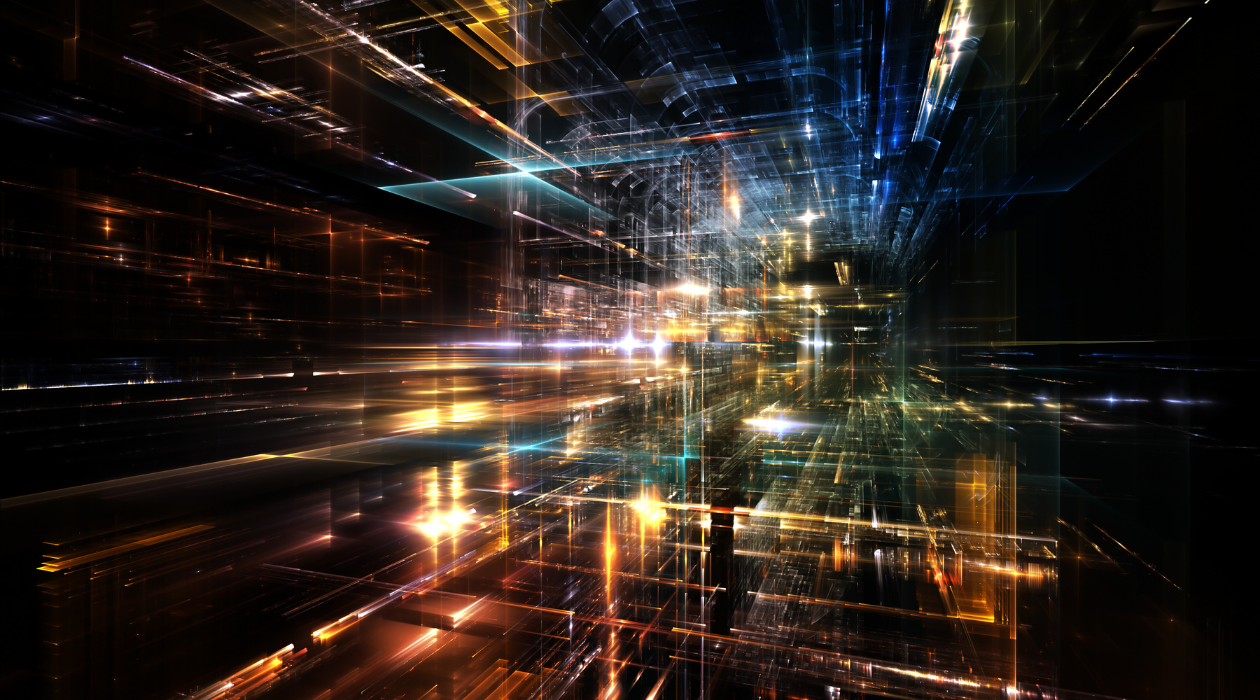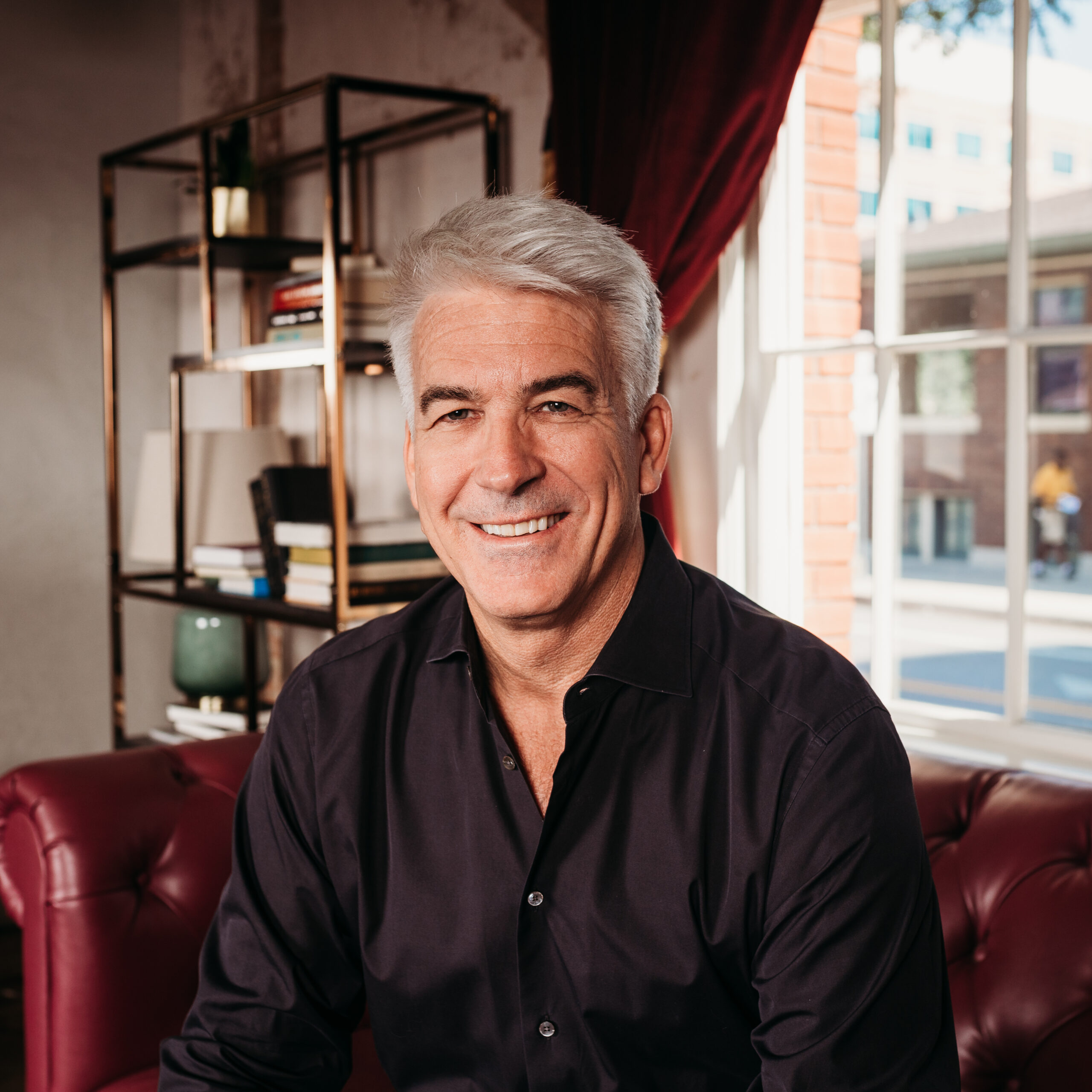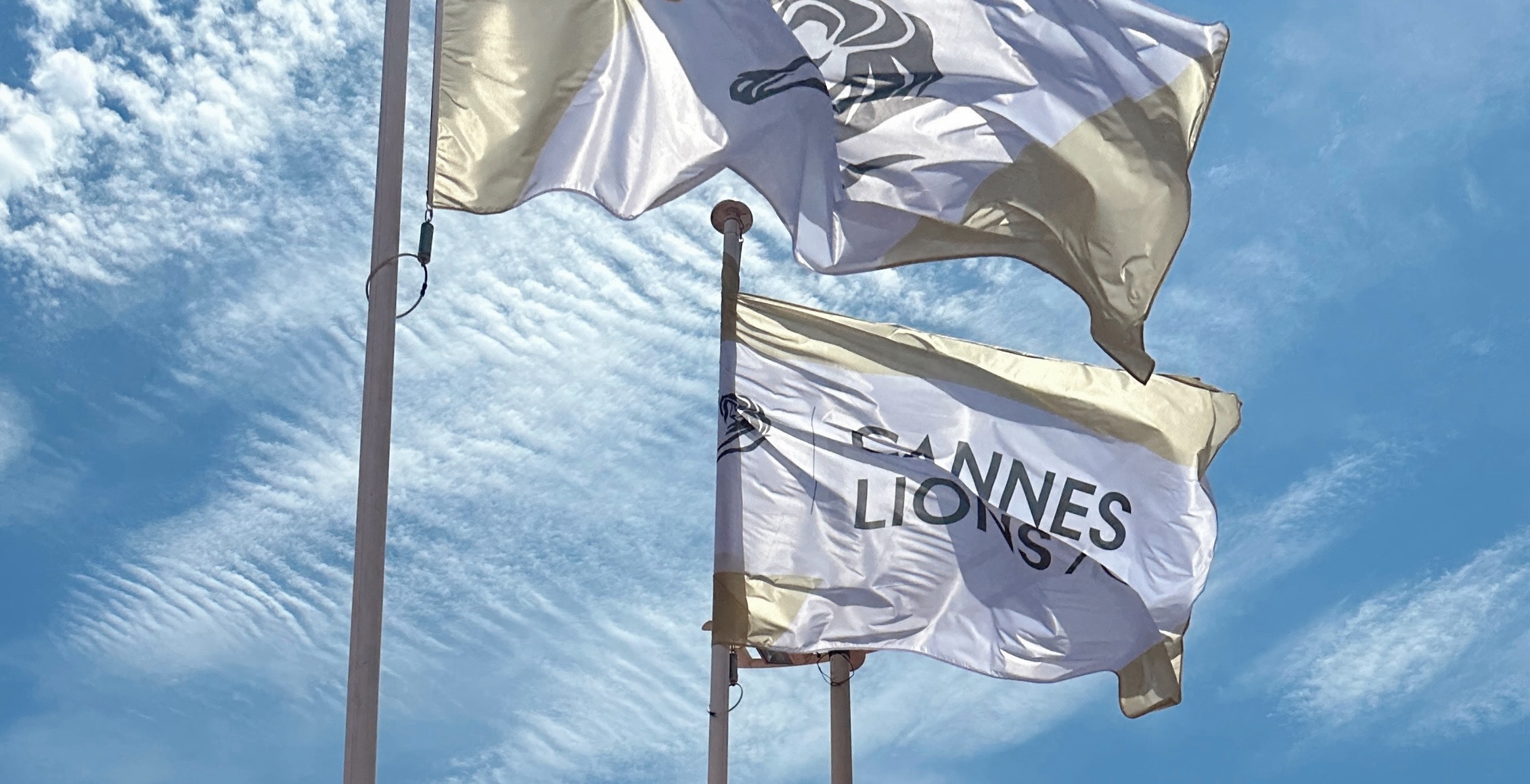Virtual Experiences: Accessible, Indispensable, and Here to Stay

By: Rachel Rostkowski, Art Director [Header image credit: Canva]
COVID-19 has changed the world and the way we run it dramatically. That much is certain. Social distancing measures have put many businesses and industries that rely on physical attendance at a significant risk of collapsing. Sports, concerts, live entertainment, and even mobile games have felt the impact of the pandemic heavily.
To ensure survival, these businesses and industries have had to quickly and efficiently recourse their way of operating entirely. Through the use of virtual reality and the boundless reach of the internet, they’ve moved what was once outside inside.
While a strenuous process, this redirection has led to a positive outcome: our world, which has physically shut off, now has more access to each other than ever. These activities that once required physical crowds and attendance are now completely accessible to anyone, anywhere.
TAKING IT VIRTUAL
Many of us are finding it easier than ever to attend our favorite events from the comfort of our living rooms. Most notably, the NBA partnered with Microsoft Teams to bring basketball fans to The Bubble virtually, allowing fans worldwide to attend an NBA game, some for the first time. The NBA knew that a stadium full of people would not be conducive to safety measures and created this ground-breaking approach to keep the sport alive. With celebrity guest appearances from Lil Wayne or Chris Bosh, fans never knew who they might be sitting next to during a game.
Similarly, The Today Show is finding it easier than ever to reach their audience through their Virtual Plaza, and it’s garnering a lot of attention. The long-lasting television program has brought its fans the opportunity to attend its daily shows from their homes—even fans from across the globe.
The live music industry has taken a massive hit in 2020. With music festivals like Coachella and big names such as Lady Gaga and Imagine Dragons canceling their tours, music has taken a big turn in creating virtual concerts to survive. Fans are finding it refreshing to be able to attend a concert anytime, anywhere. For instance, the global phenomenon of K-Pop is no longer centralized to South Korea, and fans from any distance can attend concerts that used to be virtually impossible. K-Pop concerts have gone so far as to incorporate AR technology, 3D graphics, and even live video calls between fans and artists.
Even the wildly successful AR-based mobile game, Pokémon Go, has redirected its platform to become more pandemic-friendly. For a game that’s designed to get people to go outside, be active, and meet fellow players, the game is as successful as ever through the implementation of features that allow players to access almost all content from the comfort of their couches. Essentially, Pokémon Go has made their game more accessible than ever before.
A MORE ACCESSIBLE FUTURE
Accessibility has never been more obtainable than at this moment. With the changes and adaptations made to today’s accessibility, more people than ever can attend sporting events, concerts, and play their favorite mobile games. These turns in tactics have made perfect sense in a social-distanced world. But what happens when the pandemic comes to a close and we all go back outside again? Do we forget and remove these expansions, or do we recognize the opportunity they’ve brought to the table and implement them into a more inclusive tomorrow?
In the future, NBA fans from around the globe might still want to attend a game, but might not have the lucrative means to. K-Pop fans might still want to have the chance to have a conversation with their heartthrobs, but don’t live in South Korea. The features and solutions we’ve brought to the public today—to give them a semblance of reality—have proven that it’s possible to reach more people than ever before. Imagine if we learned from these solutions and took this accessibility even further. More people would be able to attend Harvard, work at NASA, or participate in politics. This great leap in accessibility is not to be taken lightly and should exist in the world beyond the pandemic to better our society.
Once the world opens again after the pandemic, the act of physical engagement will be more critical than ever before. But we must not lose touch with these advances in virtual technology and accessibility. It’s not about a future in which we exchange one for the other. It’s about developing a society in which both solutions can coexist together. For example, the NBA could incorporate a section of the stadium dedicated to virtual fans while the rest of the seats are filled with physical attendees. Artists can prepare special moments with virtual fans during their live concerts. The possibilities are boundless.
Most importantly, brands and marketers can be the ones to bring these opportunities to the table and ensure these accessible moments continue to thrive. People crave unrestricted content. A brand that brings that to them can have a lasting impression on their hearts.
THANKS 2020
Despite the challenges that 2020 has brought, it has also fast-tracked us all into a more virtual world. Now that we’ve seen and experienced these virtual solutions for ourselves, it’s hard to imagine a world without them. We have become used to and have slowly adapted to appreciating the virtual space. While we crave the pieces of society that we’ve lost, we’ve also filled a big gap that was previously missing. These virtual solutions have become beyond substitutionary and are now an essential piece of our lives.
A future in which the virtual and the physical coexisting together is not far off, and it will open up the world to everybody.


